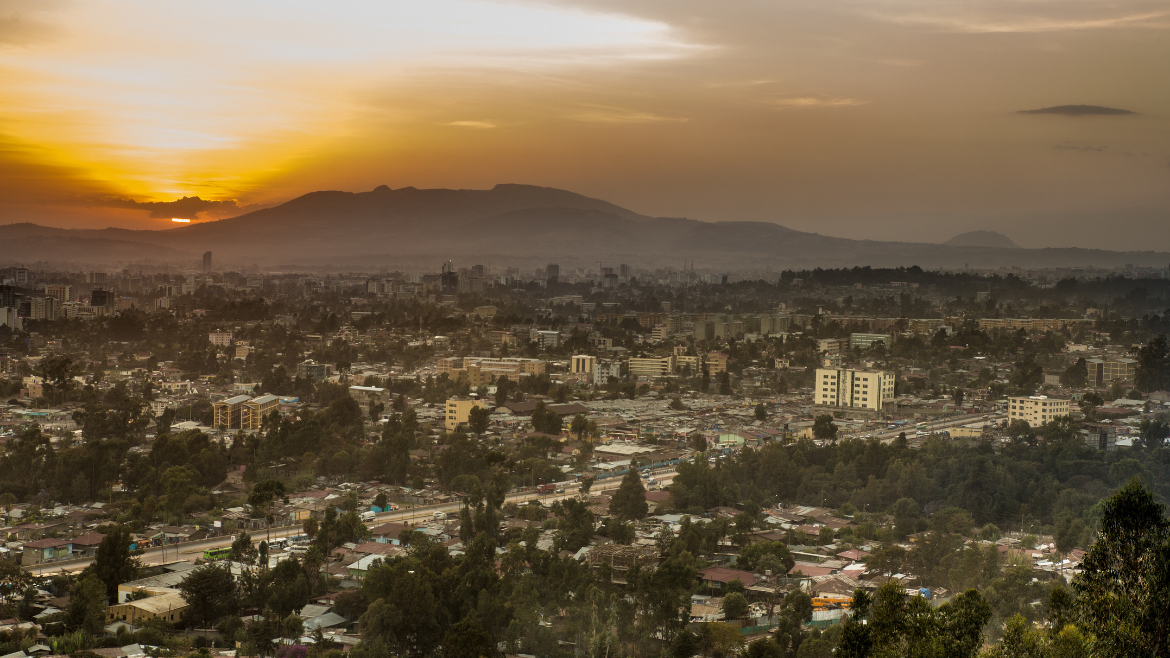Introduction
The peace treaty between Ethiopia and Eritrea, signed in July 2018, brought to an end a war that had been ongoing but intermittent for more than 20 years and that cost more than 100,000 lives, displaced more than a million people, and diverted resources and attention away from the task of lifting large swathes of people in both countries out of poverty. It is the most recent of the world’s conflicts to arrive at peace, but as history has shown, a treaty alone is no guarantee that peace will hold.
Indeed, since the start of the millennium, 40% of the conflicts that have concluded with a peace treaty, or the defeat of one of the warring sides, have returned to violence within a decade. The war between Ethiopia and Eritrea was one of those conflicts. The two sides, which had begun fighting over contested border territory in 1998, signed an agreement, brokered by the US and Rwanda, to cease hostilities on December 12th 2000. That peace didn’t last. Border conflicts resumed, at varying degrees of intensity, in the years that followed and full-fledged fighting broke out again in 2012 when the Ethiopian army attacked an Eritrean base on the pretense that it was helping to support “military activities”.
Whether peace will hold this time is as uncertain as it was in 2000. One of the key determinants of a lasting peace, however, is sure to be the economic performance of both countries. Paul Collier, an academic economist and author of numerous books on development economics and the political economy of development, concluded in his 2009 book, War, Guns, and Votes: Democracy in Dangerous Places, that “economic recovery...is the only genuine exit strategy for peacekeeping.” Mr Collier reached that conclusion after he and his team of researchers analysed all the other possible determining factors, including democracy and elections.
A key part of creating and sustaining economic growth in post-conflict countries is increasing trade. This is not an easy task, however, and it is not without risks.4 Most, if not all, post-conflict countries were at low levels of development when their conflicts began and are highly dependent on primary commodities exports for growth. Continued dependence on these products raises the likelihood that the country will revert back to conflict, as well as creating continuing opportunities for corruption at both the state and the local level. But moving up the value chain is difficult. It requires hard infrastructure like roads, bridges and rail and electricity generation and transmission, and for the general population to attain education that endow them with basic skills. They also take time.
Ethiopia and Eritrea both face problems in these areas. To provide insights into their post-conflict trade and development environment, The Economist Intelligence Unit was commissioned by DP World to produce a series of three case studies on how post-conflict countries around the world have dealt with similar issues, for better and worse. The first case study looks at the coffee industry in Rwanda. Like Ethiopia, Rwanda is a landlocked country and coffee is one of its primary exports. In the aftermath of a civil war and the 1994 genocide, the government instituted a plan to move the country’s coffee industry up the value chain, and compensate for being landlocked, by producing speciality coffee. The early results were mixed, but more recently the effort appears to be paying of.
The next example is Sri Lanka. After its long civil war concluded in 2009 with the defeat of the Tamil rebels, there was an opportunity to build on the export success of the apparel industry by improving the country’s crumbling infrastructure, especially its roads. The government opted instead to borrow heavily to pay for two large projects that charitably could be described as underperforming expectations.
The last study is of Colombia. The decades-long conflict with the Fuerzas Armadas Revolucionarias de Colombia (FARC) guerrillas concluded in 2016 after a revised peace agreement was passed through the country’s Congress. To deal with its infrastructure deficit, the country is seeking to increase foreign investment and promote more public-private partnerships (PPPs). While it is too soon to tell if the programme is effective, Colombia does present a strong environment for this particular policy approach.
The paper concludes with the lessons that Ethiopia and Eritrea can potentially draw from the case studies.





